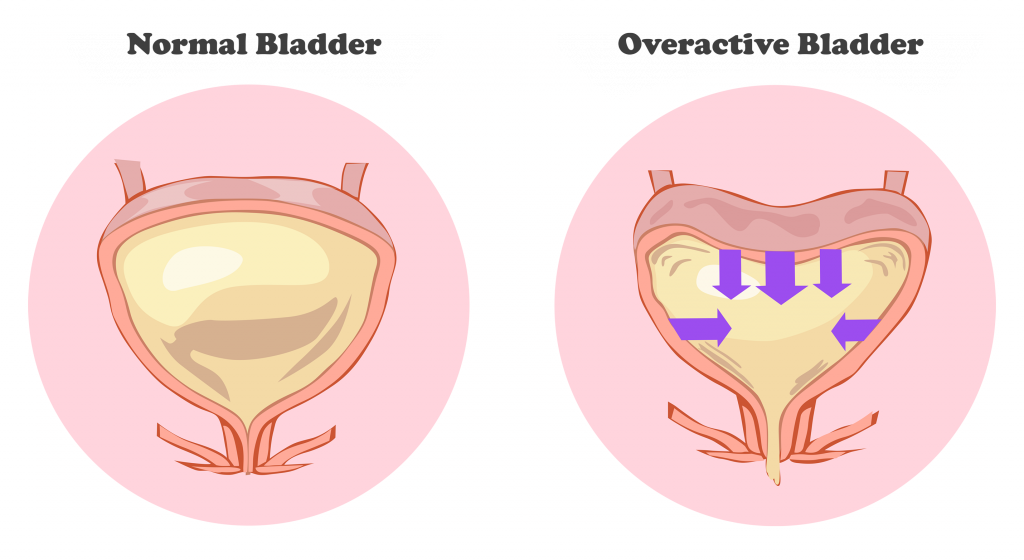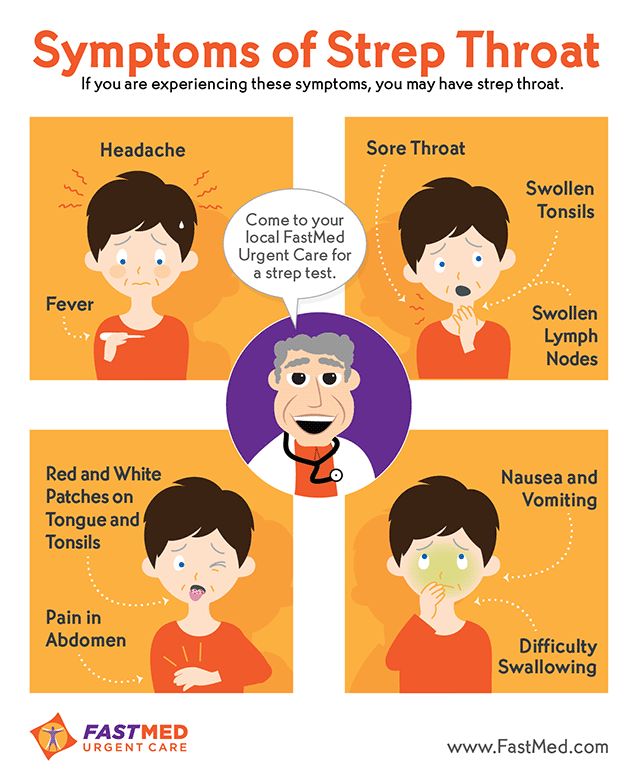How to make child chopsticks
How to Make Kiddie Chopsticks
by christiekiley 15 Comments
Kiddie chopsticks are really easy to make. And did you know that when kids play with tongs and chopsticks, they are actually practicing fine motor skills that will help them with cutting and writing?
The ability to use tongs and kiddie chopsticks is a pre-scissor skill, and the ability to use scissors is a pre-writing skill.
Pretty cool, huh? Tong play is especially great for older toddlers and preschool-aged kids. Be sure to encourage them to use their “pincher fingers” (thumb and index finger, and younger ones can add in the middle finger) when operating their tongs so they can exercise the right muscles for learning to use scissors, crayons, and pencils. If they have difficulty figuring out which fingers to use, tell them to make an “L” shape with their thumb and index finger before placing them on the tongs…learned this trick from a parent, and it’s brilliant!
You only need three things to make kiddie chopsticks:
• A set of cheap chopsticks
• The paper that comes with the chopsticks
• A rubberband
Step 1. Break apart the chopsticks.
Step 2. Roll up the paper all the way to the end.
Step 3. Place the rolled up paper in between the two broken ends.
Step 4. Place the rubberband over the chopsticks, on the side of the paper that’s closest to the middle.
Step 5. Pull the rubberband down, twist to form an “X”, and bring it up over the outer end of the chopsticks.
Step 6. Wrap remaining rubberband around the end until tight and secure.
Ta-da! Easy peasy.
A few tips: (1) The thicker you roll the paper, the wider your chopsticks will be (great for beginners). (2) Cheap, square-ish chopsticks are easier for kids to use than fancy round ones. Just grab a pair the next time you order take-out and you’ll be good to go.
If you feel like you need a little more visual guidance check out this great, easy-to-follow video: How to Make Kid-Friendly Chopsticks (this is actually how I learned to make them).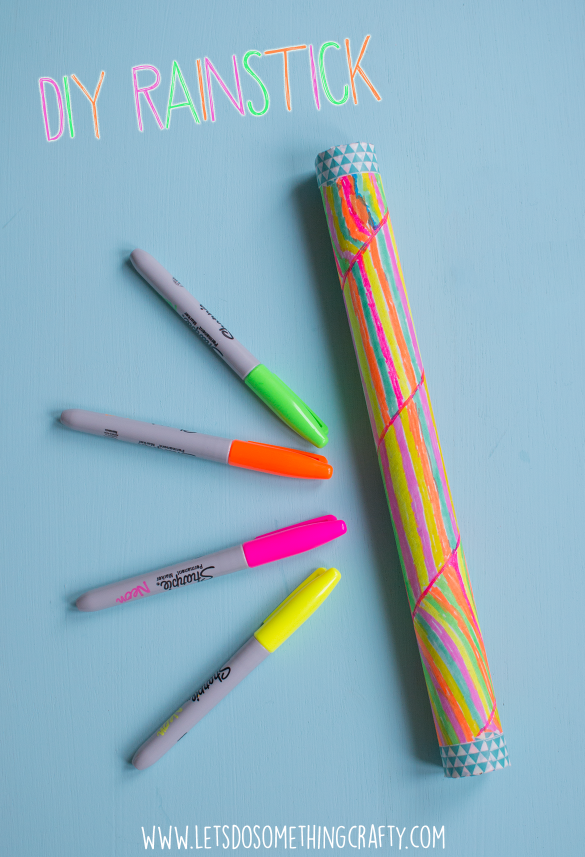
Kids can use these chopsticks to practice picking up and placing various items (such as balls of play dough) into containers. Have them pinch off the dough and roll the balls themselves for added fine motor practice.
Kids can also use tongs to increase challenge while stacking small blocks. (I’m thinking chopstick Jenga might be a fun challenge, too!)
Be sure to check back later this week for a big list of ideas with lots of different ways to play with tongs/chopsticks to promote your child’s fine motor and pre-writing development.
[Update: Here is the post with 50 fun ways to play with tongs!]
Have fun!
Filed Under: 02. Toddlers (1-3), 03. Preschoolers (3-5), 06. Fine Motor, 07. Fine Motor Activities Using Household Items Tagged With: chopsticks, Education, fine motor development, Fine Motor Skills, hand skills, kiddie chopsticks, kids, Learning, play, tongs
Trackbacks
Children Chopsticks - Etsy.
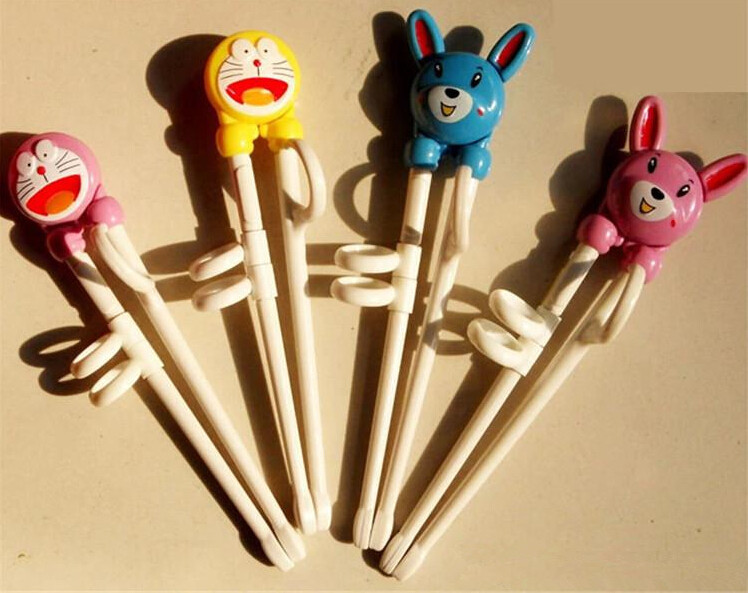 de
deEtsy is no longer supporting older versions of your web browser in order to ensure that user data remains secure. Please update to the latest version.
Take full advantage of our site features by enabling JavaScript.
Find something memorable, join a community doing good.
(106 relevant results)
How to hold chopsticks for sushi ᐈ How to use Chinese chopsticks
Japanese cuisine is distinguished by taste, appearance, presentation of dishes, as well as traditions in the meal.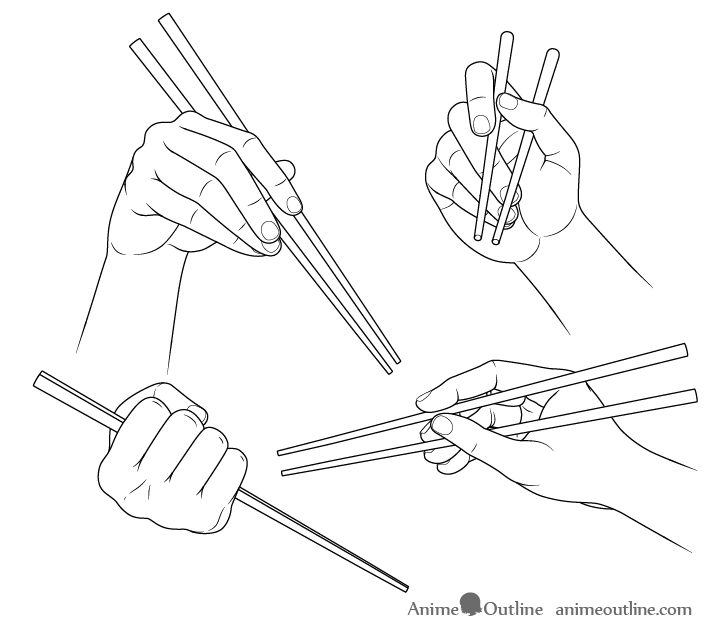 When entering a Central Asian restaurant for the first time or ordering food at home from the Rock&Roll restaurant, seeing that bamboo sticks are served instead of the usual cutlery in the form of spoons and forks, almost everyone has a question: “how to hold sushi sticks?”.
When entering a Central Asian restaurant for the first time or ordering food at home from the Rock&Roll restaurant, seeing that bamboo sticks are served instead of the usual cutlery in the form of spoons and forks, almost everyone has a question: “how to hold sushi sticks?”.
In Japan, cutlery is a special cult. The main cutlery is chopsticks. Previously, they were selected individually for a person’s hand, now they are a standard size. It is not difficult to use them.
History of sushi chopsticks
The first chopsticks were developed over 5000 years ago in China. The earliest versions are that they were branches used to retrieve food from pots. When resources became scarce, cunning chefs came up with the idea of cutting food into small pieces so that it cooks faster. This new cooking method made it unnecessary to have knives at the dinner table.
The Chinese call the sticks kuaizi. To prevent downloading from the table when turning, leave a couple of centimeters square.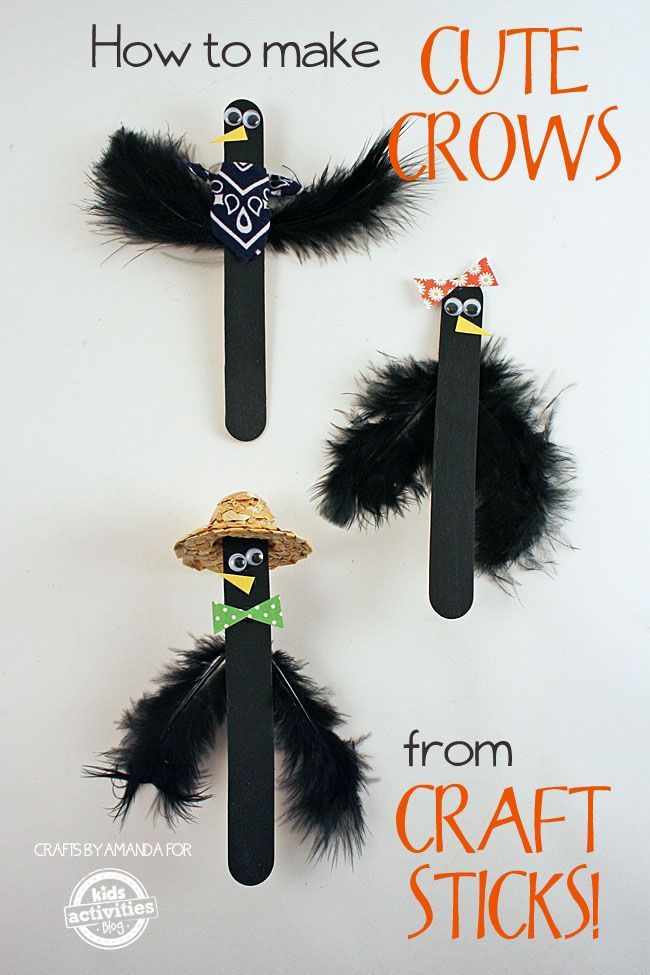
Much later, chopsticks spread to Japan, Vietnam and Korea. Japanese chopsticks were used strictly for religious ceremonies and were made from bamboo connected at the top like tweezers. Over time, chopsticks have become a daily routine.
Instruction - how to use chopsticks correctly
Learning to use chopsticks correctly is a kind of ritual in the world of sushi.
Don't be afraid. With practice, you will understand how easy it is to eat with chopsticks correctly. Here is a step by step guide, rock and roll recommendation:
- Take the first stick and place its upper part in the hollow between the index and thumb fingers, pass the lower part between the fingers and place it on the ring finger. This stick will not move in the meal. Don't worry if you don't immediately understand how to do it. It takes some practice to properly balance chopsticks.
- Take the second stick with your index finger and thumb.
 This stick will be movable throughout the meal. When you take the sticks correctly, make sure you can maneuver them correctly. Only the top chopstick should move.
This stick will be movable throughout the meal. When you take the sticks correctly, make sure you can maneuver them correctly. Only the top chopstick should move. - Move the top stick up and down between your middle and index fingers, but do not move the bottom stick. If you did it right, the tips of the sticks should be in contact, and their other parts should not be in contact with each other.
When you eat Central Asian cuisine and you need to use bamboo sticks, pay attention to:
- Sticks should be placed on the same level. If one comes forward, there is a chance that you will not be able to take the roll or it will fall out.
- Once you have the wooden sticks, carefully separate and rub them together. This will help to remove loose fibers, and you will not drive a splinter.
- If using chopsticks seems difficult, practice using pencils. Try to grab small objects with them.
RnR cares about its customers, when placing an order, you can specify which sticks you need - regular or student.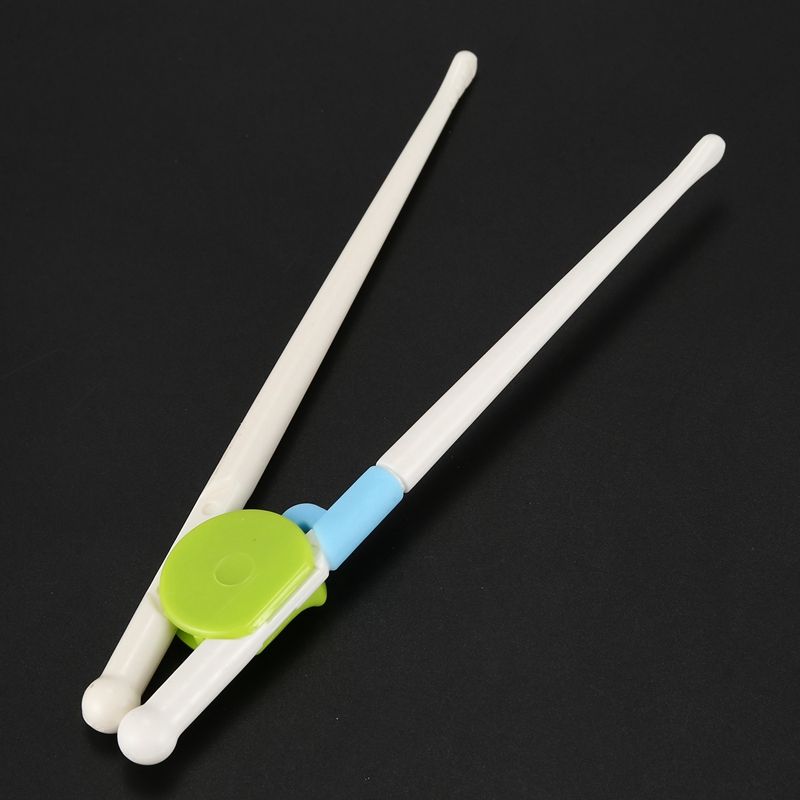 When ordering Japanese cuisine in PHP, you can be sure that embarrassing situations can be avoided if you have not yet mastered Chinese chopsticks.
When ordering Japanese cuisine in PHP, you can be sure that embarrassing situations can be avoided if you have not yet mastered Chinese chopsticks.
How to behave at the table: rules of etiquette
Chopsticks are the most important kitchen utensils in Japan. The Japanese use them to eat everything from rice and meat to noodles, salads and more!
The country is famous for its complex code of etiquette, including during meals. There are certain rules to follow when eating with Chinese chopsticks:
1. Do not play with chopsticks or bang them on the table
Playing with sticks is considered child's play and can cause confusion. Even Japanese children refrain from such a "game", from an early age they are taught the importance of rules of behavior during meals.
2. Do not transfer food from one set of chopsticks to another.
This practice is considered taboo while eating.
3. Do not try to find a larger piece in a common plate, take the first one that catches your eye.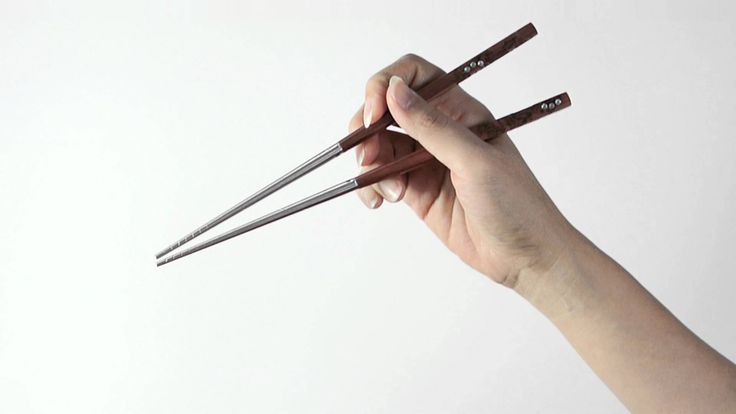
4. Do not prick food with chopsticks or stick them vertically.
A common mistake with chopsticks that will make many Japanese cringe is sticking them vertically into food. In Japanese culture, inserting chopsticks vertically should only be done during funeral rituals and should be avoided during regular meals.
5. Do not cross your chopsticks.
Try to remember to keep the Chinese chopsticks in a parallel position, no matter where they are, in your hands or on a plate.
Khashi: how to use chopsticks
Chopsticks are used in many East Asian countries. It is impossible to imagine eating Japanese cuisine, which is included in the UNESCO Intangible Cultural Heritage List, without this cutlery. It takes some time to learn how to use them, but they are very comfortable once you get used to them.
Chopstick versatility
Approximately 30% of the world's population uses chopsticks. This is a very versatile cutlery - they can take rice or noodles, cut fish, stir soups, wrap sushi, hold solid food while drinking the liquid fraction, pick up pieces of food, pick bones, etc.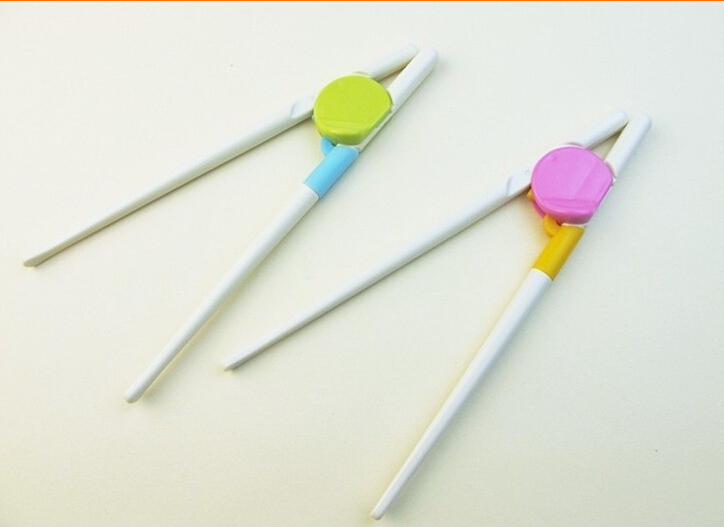
Chopsticks, hashi , are traditional cutlery in Japan. With their help, they eat any dishes, including liquid ones, and without chopsticks it is impossible to imagine Japanese cuisine, which in December 2013 was included in the UNESCO Intangible Cultural Heritage List.
Use of chopsticks
Japanese chopsticks are mainly made of wood or bamboo, but in general in East Asia, metals, ivory, plastic, etc. are also used for their manufacture.
Chopsticks made of various materials, including metal and ivory
Japanese chopsticks are generally thicker at the top where they are held and narrower towards the ends used to take food. It is difficult to list all their varieties. There are paired sets for spouses meotobashi , differing in size, New Year's sticks ivaibashi , sticks rikyubashi for haute cuisine kaiseki , small children's sticks, cooking sticks saibashi used in cooking, disposable splitting sticks varibashi .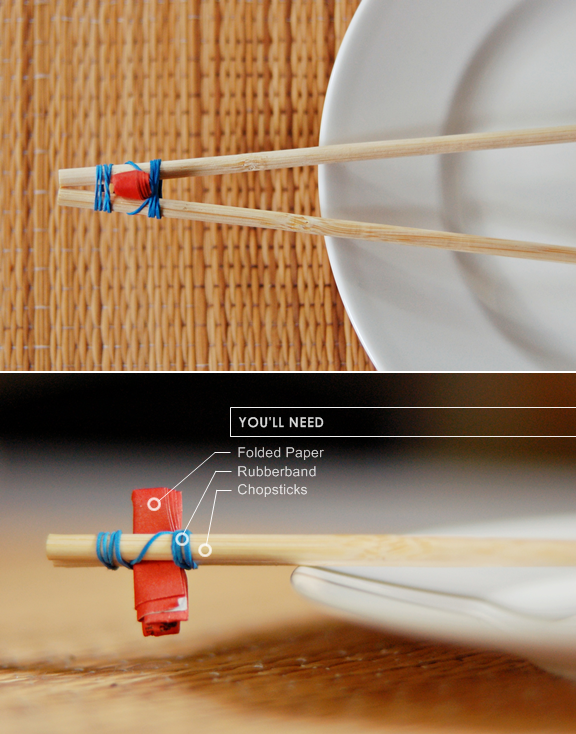
Saibashi chopsticks
Meotobashi couple set for spouses
Iwaibashi New Year's sticks
How to hold chopsticks correctly?
Even in Japan, every year there are fewer and fewer people who know how to use chopsticks correctly. According to the 2010 government food culture survey, only 54.2%(*1) of people aged 18 and over hold chopsticks correctly.
Sticks are held like this:
1) one stick is taken approximately at the level of one third of the length from above between the thumb and forefinger, holding from below with the middle finger;
2) the upper part of the second stick rests on the base of the thumb, and below - on the last phalanx of the ring finger, approximately at the beginning of the nail;
3) taking the sticks in this way, try to bring their ends together and apart. At the top, they are always at some distance from each other;
4) Practice grasping small objects with your chopsticks, such as peanuts.
The correct way to hold chopsticks
Disposable breakable chopsticks
Disposable chopsticks in a restaurant
Disposable chopsticks - varibashi - can be seen on tables in many Japanese restaurants. Made from a single piece of wood or bamboo, the sticks are cut lengthwise so that they can be easily broken. Convenience mini-supermarket bentos always come with disposable chopsticks, and when you buy instant noodles or prepackaged meals, you're usually asked, "How many sets of chopsticks do you need?"
Folding sticks with case. The upper part is made of metal, while the lower part is made of lacquered wood. (Nihonbo shop in Hiroo, Shibuya metropolitan area)
Disposable chopsticks have been known since the Edo period (1603-1868), but their use gives rise to a number of problems, such as waste of wood, and the danger posed by preservatives that could process imported raw materials. Recently, in Japan, such sticks are increasingly being made using scrap wood, wood obtained from thinning forest plantations, etc.





